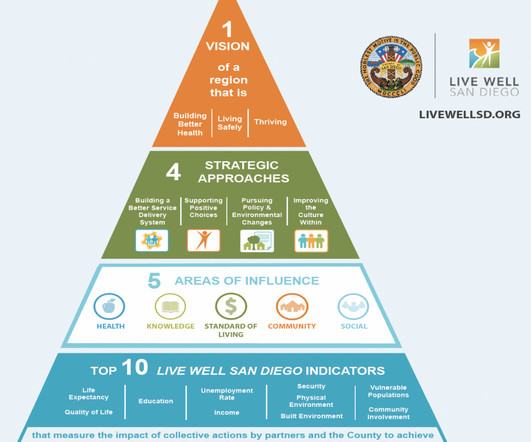Primary Care Case Management in Medicaid: A Strategy for Supporting Primary Care in Rural Areas
NASHP
AUGUST 23, 2021
Primary care case management (PCCM) programs are one of the oldest types of Medicaid managed care, but over time most states have shifted to use managed care organizations (MCOs) to deliver services to Medicaid participants. million Medicaid participants. Executive Summary.

















Let's personalize your content